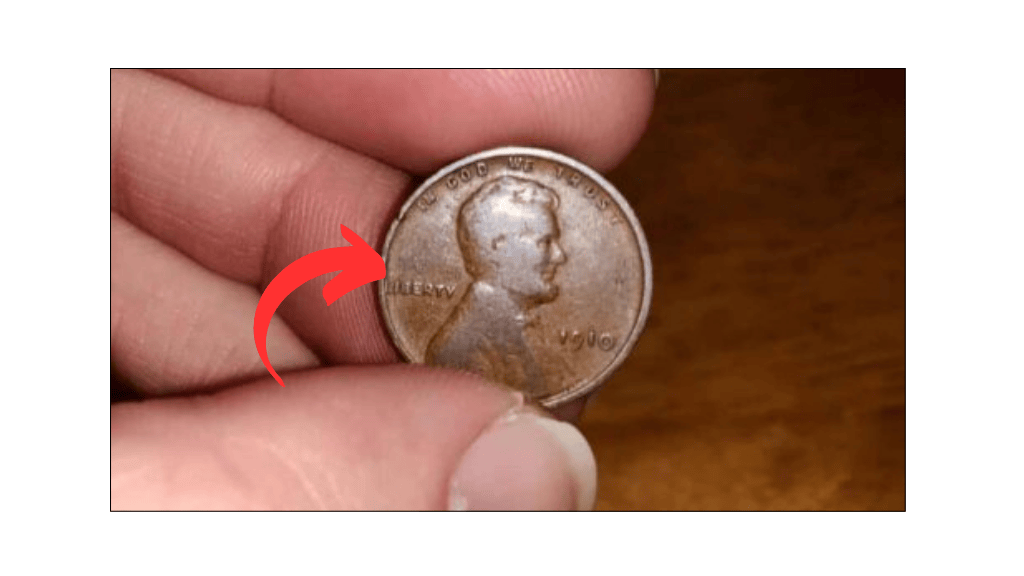Most of us don’t give a second thought to the pennies in our pockets. But what if one of them was actually worth millions? Believe it or not, one version of the classic Lincoln Wheat Penny is reportedly valued at a staggering $10 million — and there’s a chance it could still be floating around in everyday circulation. This story has captured the imagination of coin collectors, historians, and curious people around the world.
What Is the Lincoln Wheat Penny?
The Lincoln Wheat Penny, also known as the Wheat Cent, was produced by the U.S. Mint from 1909 to 1958. The front (obverse) features a profile of Abraham Lincoln, while the back (reverse) shows two stalks of wheat, giving the coin its nickname.
These coins are common and easy to find in older change jars, but not all Wheat Pennies are created equal. Some rare versions are worth hundreds or even thousands of dollars — and one, in particular, is estimated at a value of $10 million.
Why Is One Lincoln Penny Worth So Much?
The specific Lincoln Wheat Penny making headlines is believed to be a one-of-a-kind or extremely rare minting error. Some experts claim this penny is made of the wrong material, like bronze or copper during a time when the mint switched to steel (such as during World War II). Mistakes like this, known as minting errors, make coins highly valuable to collectors.
One of the most famous examples is the 1943 copper Lincoln penny. Most pennies from 1943 were made of steel due to copper shortages during the war. But a small number were mistakenly minted using leftover copper from 1942. Only a few of these copper pennies are known to exist, and they have fetched prices in the millions.
Could the $10 Million Penny Still Be in Circulation?
Here’s the part that sparks excitement — it’s possible. If someone didn’t recognize its value or simply didn’t know what to look for, this penny could have been spent, passed through hands, and ended up in a piggy bank or a cashier’s drawer. While extremely rare, stories of valuable coins turning up in regular change aren’t unheard of.
That’s why collectors always advise checking your change, especially older pennies with the wheat design on the back. You never know when a rare coin could slip through unnoticed.
How to Identify a Valuable Lincoln Wheat Penny
While most Wheat Pennies are only worth a few cents to a few dollars, some are much more valuable. Here are a few things to look for:
- Check the year: 1909-S VDB and 1943 copper are among the most valuable.
- Look for minting errors: Double stamps, off-center strikes, and wrong materials can increase value.
- Examine the condition: Coins in better shape (no scratches or discoloration) fetch higher prices.
- Use a magnet: A 1943 penny that sticks to a magnet is steel and common. If it doesn’t stick, it could be copper — a rare and valuable find.
What Should You Do If You Think You Found One?
If you come across an unusual penny, especially a Wheat Penny from 1943 that isn’t magnetic, don’t spend it. Store it safely and take it to a professional coin dealer or numismatist for evaluation. You could be holding onto something worth a small fortune.
The idea of a $10 million penny still being in circulation may sound like a fairy tale, but history shows that rare coins have popped up in everyday transactions before. While the odds are slim, it’s worth taking a moment to look through your pocket change, especially if you come across a Lincoln Wheat Penny. Who knows — that humble little coin could be one of the most valuable coins ever discovered. For collectors and treasure hunters alike, the dream is alive, and it might be hiding right in your coin jar.
FAQ’s
What is the Lincoln Wheat Penny?
The Lincoln Wheat Penny, or Wheat Cent, was produced from 1909 to 1958. It features Abraham Lincoln on the front and two wheat stalks on the back, which is why it’s called the ‘Wheat Penny’.
Why is one Lincoln Wheat Penny worth $10 million?
One specific Wheat Penny is extremely rare due to a minting error — like the 1943 copper version, which was mistakenly made during a year when pennies were usually steel. Its rarity and historical value make it worth millions.
Could the $10 million Wheat Penny still be in circulation?
Yes, it’s possible. Rare coins can end up in everyday transactions if someone doesn’t recognize their value. That’s why collectors always check their change.
How can I tell if I have a valuable Wheat Penny?
Check the year (like 1909-S VDB or 1943), look for minting errors, check if it’s magnetic, and see if it’s in good condition. A non-magnetic 1943 penny could be worth a lot.
What should I do if I find a rare Wheat Penny?
Keep it safe and don’t spend it. Have it checked by a professional coin dealer or numismatist to confirm its value. It could be a life-changing find.










I have the 1918 wheat penny.
I also have a 1944 wheat penny
And i have a 1927 wheat penny